Do you have a problem with water in your yard? Dry well could be the answer to that wet problem.
- Matt Burke
- Mar 31, 2023
- 2 min read
A dry well is a hole in the ground that collects runoff from gutter downspouts, roof valleys,
and other areas where water concentrates and flows. It helps infiltrate runoff and reduce erosion. In this blog post, we will discuss the benefits of dry wells, how to choose the right location for your dry well, and how to reduce the amount of sediment that is carried away by runoff water.
There are many benefits to using dry wells, including:
* Improved drainage: Dry wells help to infiltrate runoff water into the ground, which can help to reduce flooding and erosion.
* Reduced erosion: Dry wells can help to reduce erosion by removing the run off and letting it slowly leach into the ground.
* Improved water quality: Dry wells can help to improve the quality of water that runs off of your property by removing pollutants.
* Increased property value: Dry wells can increase the value of your property by making it more attractive to potential buyers.
Dry wells are a popular choice for homeowners who want to improve drainage on their property. They can be installed in a variety of locations, and they can be made from a variety of materials.
Choosing the Right Location for Your Dry Well
When choosing a location for your dry well, it is important to consider the following factors:
* The amount of runoff water that your property receives
* The type of soil on your property
* The location of your home and other structures
* The location of public utilities
It is important to choose a location that is far enough away from your home and other structures to avoid flooding. The location should also be in an area with good drainage.
Installing a Dry Well
Once you have chosen a location for your dry well, you can begin installing it. The following are the basic steps involved in installing a dry well:
1. Dig a hole that is 4-6 feet deep and 2-3 feet wide.
2. Line the bottom of the hole with gravel or crushed stone.
3. Place the dry well liner or pipe in the hole.
4. Fill the hole with gravel or crushed stone.
5. Cover the dry well liner or pipe with soil.
Dry wells can be a great way to improve drainage on your property. click the button below to get more information or to receive a quote





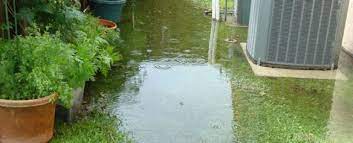
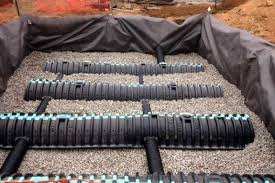
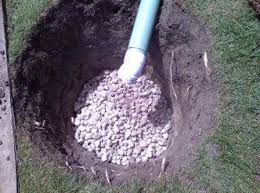
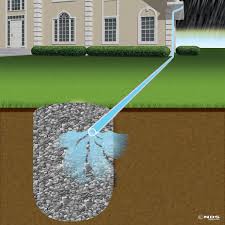
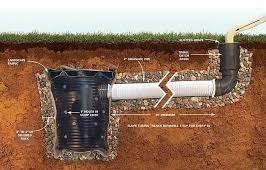



Comments